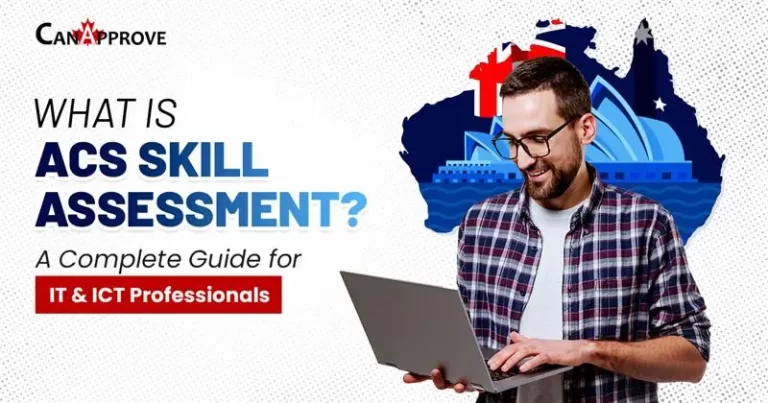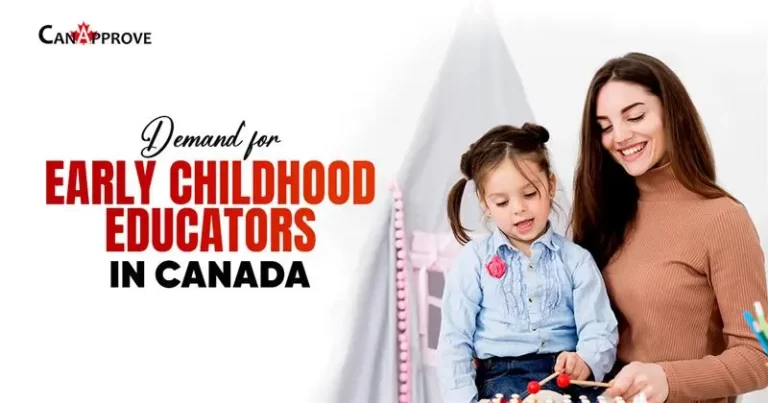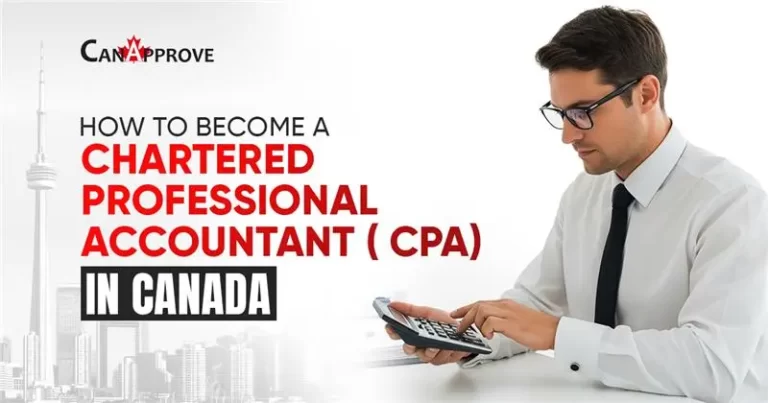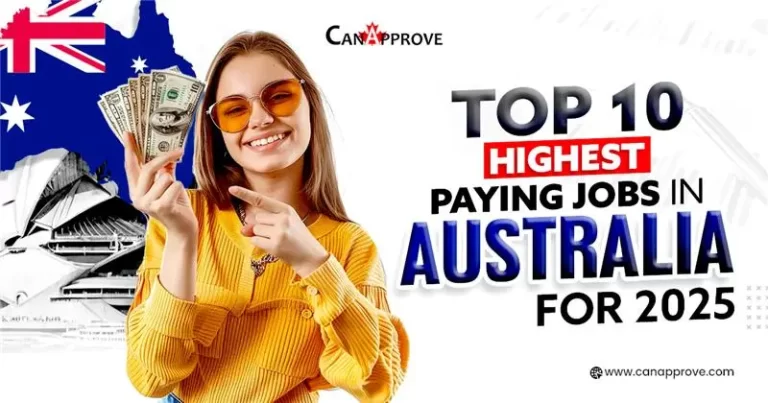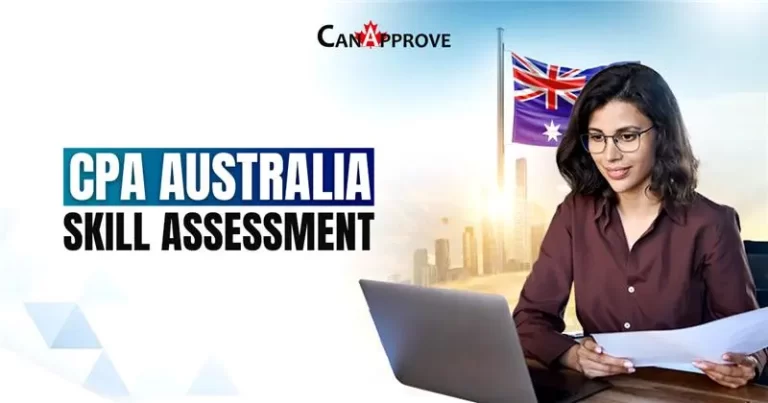In-Demand Healthcare Jobs in Canada
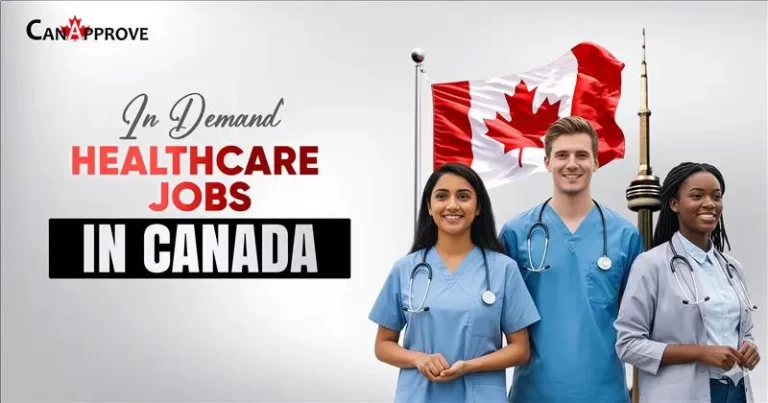
If there’s one country where your healthcare skills can open endless doors, it’s Canada! With an aging population, expanding healthcare infrastructure, and a growing need for skilled professionals, the demand for doctors, nurses, and allied health experts has never been…


